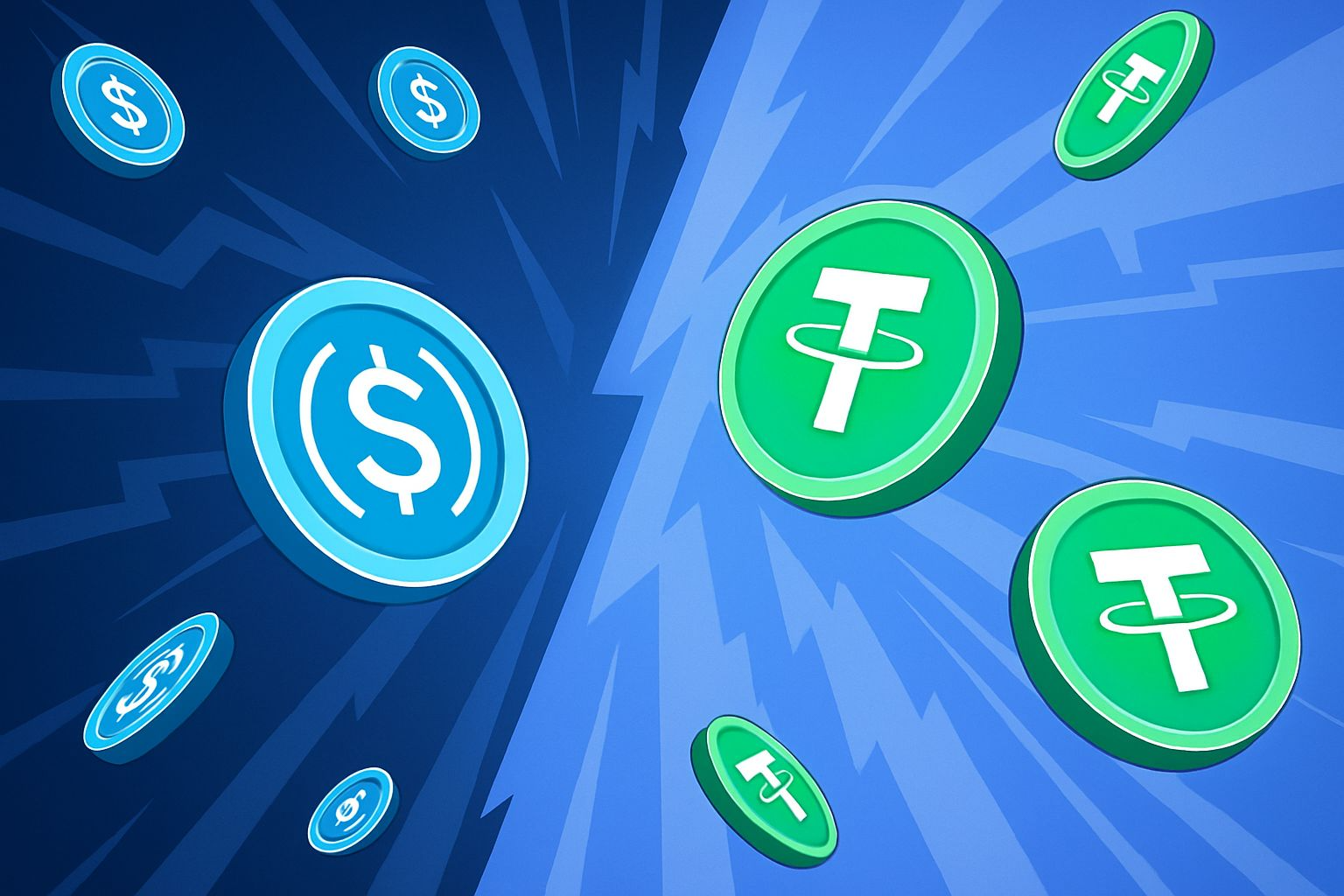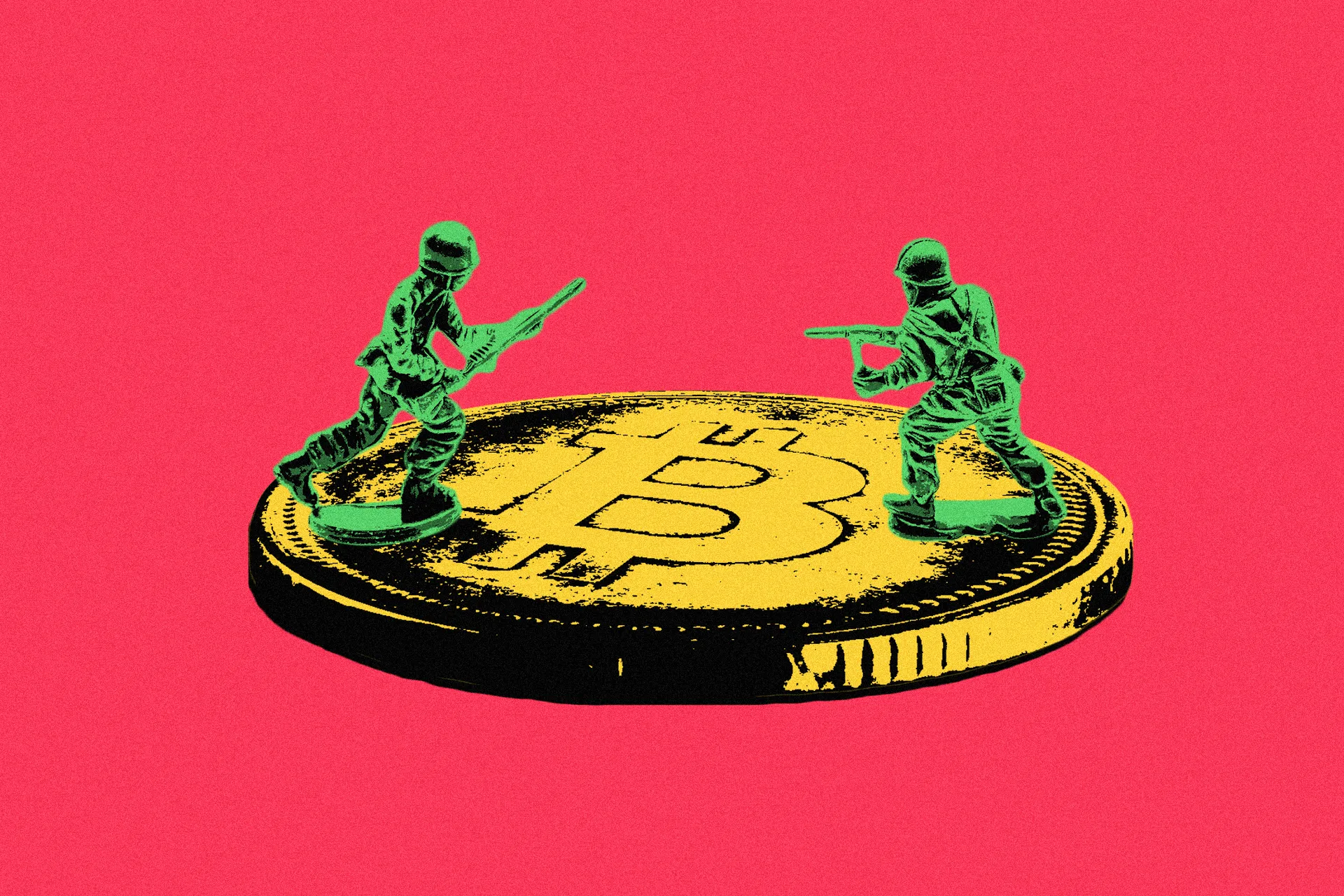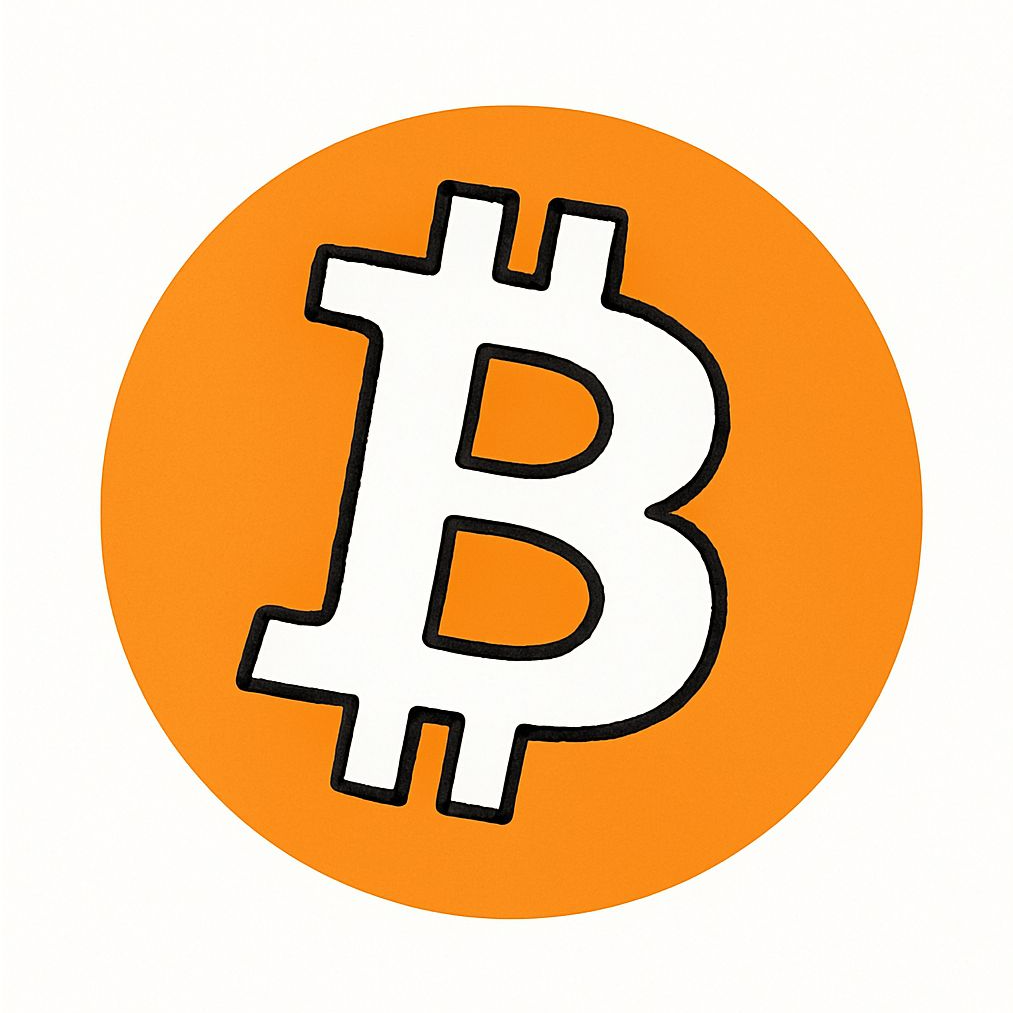Stablecoins: Investigating Their Emergence as Liquidity Engines in the Global Financial Ecosystem

Stablecoins have rapidly emerged as a structural pillar of digital finance, functioning at the intersection of blockchain innovation and traditional monetary systems. Designed to combine the stability of fiat currencies with the programmability of crypto-assets, stablecoins now underpin a vast spectrum of economic activities ranging from decentralized finance (DeFi) to cross-border settlement. Their growth trajectory has been staggering: by August 2025, the global stablecoin market capitalization exceeded $270 billion, representing a 22% increase year-to-date, while monthly transaction volumes surpassed $1.3 trillion. At their current pace, stablecoins are projected to facilitate over $1.2 trillion in annual settlement by 2028, growing at a compound annual rate of roughly 65% since 2021.
This expansion underscores stablecoins’ centrality to liquidity provision in both digital and conventional markets. Reports from the International Monetary Fund (IMF), the Bank for International Settlements (BIS), and major financial institutions such as Goldman Sachs and JPMorgan have increasingly framed stablecoins not as speculative byproducts of the crypto ecosystem but as emerging infrastructure capable of altering global capital flows, payment networks, and monetary sovereignty. This investigation examines their mechanisms, categories, adoption dynamics, and regulatory implications, offering a critical lens on whether stablecoins represent a stabilizing force or a systemic risk within global finance.
Market Dynamics: Growth, Adoption, and Projections
Stablecoins have evolved from niche instruments facilitating crypto trading into core liquidity engines powering multiple layers of financial activity. By 2024, they had already settled more value than Visa’s global network, and by 2025, annual stablecoin settlement volumes surpassed $27 trillion, rivaling wholesale payment systems like Fedwire.
Several macro drivers explain this trajectory:
- Regulatory Tailwinds: The U.S. GENIUS Act (2024) and the EU’s Markets in Crypto-Assets Regulation (MiCA, effective 2025) have provided greater legal certainty, enabling banks, fintechs, and multinational corporations to integrate stablecoins into their payment and treasury workflows.
- Institutional Adoption: Corporations such as Amazon, Walmart, and Siemens have explored stablecoin-based settlement for supply chain financing, while global banks have piloted proprietary stablecoin models to reduce reliance on correspondent banking.
- Regional Leadership: Asia has emerged as the adoption epicenter. In markets such as Singapore, South Korea, and Hong Kong, over 60% of crypto-related payments now utilize stablecoins, often as a hedge against currency volatility or as a faster remittance channel. Meanwhile, the U.S. and Europe have emphasized institutional-grade compliance, prioritizing AML/CFT frameworks and reserve transparency.
Goldman Sachs’ Stablecoin Summer (2025) report projects that USDC alone could grow by $77 billion by 2027, particularly if corporate treasuries continue migrating into blockchain-native liquidity pools. Yet, the BIS cautions that widespread reliance on a handful of private issuers risks creating “digital shadow banks” that concentrate liquidity and systemic dependencies outside traditional regulatory perimeters.
Market breakdown projections (2025-2035):
| Year | Total Market Cap (USD Billion) | Key Drivers |
|---|---|---|
| 2025 | ~270 | Regulatory clarity (GENIUS Act, MiCA) |
| 2028 | 1,200 | Institutional inflows, RWA tokenization |
| 2035 | 3,700+ | Global payments integration |
Typology of Stablecoins: Mechanisms, Advantages, and Risks
Stablecoins are categorized into four primary types, each with distinct backing mechanisms influencing their stability and utility. Understanding these typologies is crucial because their design choices directly affect market confidence, scalability, and regulatory treatment.
- Fiat-Collateralized Stablecoins
The most widely adopted model, these tokens (e.g. USDT, USDC) are backed by off-chain reserves of cash, short-term government debt, or money-market instruments. Their advantage lies in their strong price stability and immediate recognizability by regulators and institutions. However, they introduce custodial and transparency risks: questions persist over whether issuers hold full, liquid, and accessible reserves. The opacity of reserve audits has historically led to speculation about hidden leverage, which could transmit shocks to broader short-term funding markets. - Crypto-Collateralized Stablecoins
Tokens like DAI rely on overcollateralization, typically with Ethereum or other volatile crypto-assets, enforced through automated liquidation protocols. The advantage here is programmability and resilience to centralized custodial failures. Yet, the risk is systemic procyclicality: when collateral prices fall sharply, forced liquidations can cascade into broader market downturns, intensifying volatility. - Algorithmic or Seigniorage-Based Stablecoins
These models attempt to regulate supply and demand through algorithmic issuance and redemption, often linked to governance tokens (e.g. the failed TerraUSD). While conceptually elegant, they have proven unstable in practice, as confidence-driven spirals can rapidly destroy value. Post-Terra, the IMF and BIS have argued that such designs lack the credible backstops necessary for money-like instruments. - Hybrid and Emerging Models
Newer designs explore tokenized bank deposits, synthetic CBDCs, and commodity-backed stablecoins (e.g. gold-backed Tether Gold). These hybrid forms seek to blend stability with programmability but raise questions over legal enforceability of claims and the operational risks of cross-asset collateralization.
This spectrum highlights an enduring trade-off: fiat-backed stablecoins offer higher liquidity but greater centralization risk, while crypto-native models favor decentralization but struggle with scalability and resilience.
| Type | Examples | Pros | Cons |
|---|---|---|---|
| Fiat-Collateralized | USDT, USDC, PYUSD | High stability, liquidity | Centralization, regulatory scrutiny |
| Crypto-Collateralized | DAI, sUSD | Decentralized, over-collateralized | Volatility exposure |
| Algorithmic | FRAX, AMPL | No reserves needed, scalable | Peg instability risks |
| Commodity-Backed | PAXG, Tether Gold | Tangible asset link | Commodity price fluctuations |
Infrastructure and Blockchain Integration: Beyond Single Networks
The infrastructure underpinning stablecoins has expanded far beyond their initial confinement to the Ethereum network. Today, stablecoins operate across multiple blockchains, layer-2 scaling solutions, and even institutional payment rails.
- Multi-Chain Deployment: USDT and USDC now exist on Ethereum, Solana, Tron, Polygon, and Avalanche, among others. This multi-chain presence reduces dependency on a single ecosystem but creates fragmentation: liquidity pools are dispersed, and arbitrage mechanisms must ensure consistent pricing across networks.
- Layer-2 Scaling and Rollups: The rise of Optimism, Arbitrum, and zkSync has transformed stablecoin usability by reducing transaction costs and latency. This scaling is critical for high-frequency use cases such as micro-payments, gaming, and retail settlements.
- Institutional Rails and Private Blockchains: Stablecoins are increasingly integrated into permissioned ledgers operated by banks and consortia. JPMorgan’s Onyx platform demonstrates how stablecoin-like tokens can function as internal settlement assets within wholesale banking environments.
- Interoperability Challenges: Cross-chain bridges remain one of the most vulnerable components of stablecoin infrastructure, frequently exploited in hacks. The push toward native interoperability standards (e.g. Cosmos IBC, Polkadot XCMP) aims to reduce systemic risks arising from fragmented liquidity.
Thus, stablecoins are no longer just tokens but part of a multi-layered settlement infrastructure, spanning public blockchains, scaling layers, and institutional networks.
Global Adoption: Regulatory Frameworks and Regional Variations
Adoption of stablecoins is shaped not only by market demand but also by diverse regulatory approaches, reflecting different priorities across jurisdictions.
- United States: The U.S. has leaned toward a prudential regulatory model, treating stablecoin issuers akin to narrow banks. The GENIUS Act (2025) mandates high-quality reserves and disclosure, yet debates remain over whether stablecoins should fall under SEC, CFTC, or banking regulation.
- European Union: The Markets in Crypto-Assets Regulation (MiCA), effective 2025, sets comprehensive licensing, reserve, and reporting standards. Unlike the U.S., the EU has emphasized passporting, allowing a single license to operate across the bloc, creating a harmonized framework that could set global precedents.
- Asia-Pacific: Jurisdictions like Singapore and Hong Kong encourage stablecoin innovation under tightly supervised sandboxes, seeing them as opportunities to maintain financial hub status. Conversely, China has prohibited private stablecoins in favor of its e-CNY CBDC, reflecting sovereignty concerns.
- Emerging Markets: In countries such as Argentina, Nigeria, and Turkey, stablecoins are often used informally as dollar substitutes, bypassing capital controls. Regulators face a dilemma: outright bans risk driving usage underground, while legalization could undermine domestic monetary authority.
This patchwork of approaches highlights an unresolved global challenge: stablecoins are inherently transnational, yet oversight remains fragmented. The BIS advocates for cross-border regulatory coordination to prevent regulatory arbitrage.
| Region | Key Framework | Impact |
|---|---|---|
| U.S. | GENIUS Act | Institutional trust, reserve mandates |
| EU | MiCA | Uniform rules, growth to $2T |
| Asia | HK Ordinance, SG MAS | Licensing, regional dominance |
| Emerging Markets | Varied | Remittances, inflation hedge |
Ties to Traditional Finance: Integration and Investigative Concerns
Stablecoins increasingly blur the line between crypto-native innovation and conventional finance.
- Treasury Market Exposure: Fiat-backed stablecoins like USDT and USDC hold substantial reserves in U.S. Treasuries, making them non-trivial actors in sovereign debt markets. Analysts at JPMorgan argue that large-scale redemptions could disrupt short-term funding, akin to money-market fund runs.
- Bank Partnerships: Major banks have begun experimenting with tokenized deposits and proprietary stablecoins, but this raises questions of competitive neutrality. If only large banks can issue regulated stablecoins, innovation could become concentrated in incumbents.
- Auditing and Transparency: Investigations into Tether’s reserve disclosures revealed inconsistencies that alarmed regulators. Such opacity fuels systemic concerns: without reliable audits, market participants cannot fully assess the solvency of issuers.
- Insurance and Backstops: Unlike FDIC-insured deposits, stablecoin holdings lack explicit public guarantees. This absence of a lender of last resort remains a structural vulnerability.
Stablecoins are thus embedded within, and potentially destabilizing to the very financial infrastructure they seek to complement.
Dual-Edged Implications: Liquidity Benefits vs. Systemic Risks
The economic impact of stablecoins is inherently ambivalent.
Liquidity Benefits:
- They reduce friction in cross-border payments, often outperforming SWIFT in speed and cost.
- They expand financial inclusion, offering dollar-like assets to populations in unstable economies.
- In DeFi, they provide a stable unit of account, enabling lending, derivatives, and trading at unprecedented speed and scale.
Despite their utility, stablecoins embody systemic risks akin to—and in some respects exceeding—those of traditional financial institutions:
- Operational and Cybersecurity Risks: Smart contract vulnerabilities, oracle manipulation, and reserve custody risks have led to multi-million-dollar losses, underlining the need for robust technological auditing and segregated reserve management.
- Their role as dollar substitutes may exacerbate global dollarization, undermining local monetary sovereignty in developing nations.
- Integration with traditional assets (e.g. treasuries, repo markets) raises contagion risks during redemption shocks.
This duality reflects the IMF’s observation that stablecoins embody both the efficiency of fintech and the fragility of shadow banking.
Decentralization and Narratives: Reality Check
Much of the rhetoric surrounding stablecoins emphasizes decentralization and user empowerment. Yet the reality is more nuanced.
- Centralized Issuers: The vast majority of stablecoins (over 90% by volume) are issued by corporate entities like Tether and Circle, which retain control over blacklisting, redemption, and compliance. This contradicts the narrative of censorship resistance.
- Governance Trade-offs: Crypto-collateralized stablecoins such as DAI are governed by decentralized autonomous organizations (DAOs), but decision-making often remains concentrated among large token holders, raising questions about genuine decentralization.
- Regulatory Influence: Even ostensibly decentralized stablecoins are constrained by regulatory chokepoints: access to oracles, custody providers, and fiat on/off-ramps is heavily intermediated.
- Narrative vs. Practice: While marketed as trustless instruments, stablecoins in practice rely on legal enforceability, corporate governance, and market perception. The BIS argues that the “decentralization premium” is often overstated relative to actual control structures.
"Stablecoins occupy a paradoxical space—while they are built on decentralized infrastructure, their operations remain centralized in ways that closely resemble traditional finance."
Forward Trajectory: Opportunities and Vigilance
The future of stablecoins is neither linear nor predetermined but shaped by intersecting forces of regulation, innovation, and macroeconomics. Stablecoins are increasingly being woven into the plumbing of legacy finance. JPMorgan’s JPM Coin, the Federal Reserve’s FedNow integration pilots, and CBDC–stablecoin interoperability experiments in China and Europe reflect a hybrid future where private stablecoins coexist with sovereign digital currencies.
In emerging markets, stablecoins already serve as de facto dollar substitutes, particularly in inflation-prone economies such as Argentina, Nigeria, and Turkey. Here, stablecoins offer both a hedge against local currency depreciation and an informal channel for capital mobility, challenging domestic monetary control.
Looking ahead, the stablecoin landscape will likely bifurcate:
- Regulated, institutionally integrated stablecoins embedded in global financial markets.
- Permissionless, crypto-native stablecoins serving decentralized ecosystems and financially excluded populations.
The BIS frames this as a test of whether stablecoins evolve into “complementary infrastructure” within regulated finance or remain an alternative system of money competing with central banks.
- Opportunities
- Programmable finance: Stablecoins enable smart-contract–based payment systems, automated escrow, and dynamic trade finance.
- CBDC integration: They could serve as interoperability layers between sovereign digital currencies.
- Capital market tokenization: Stablecoins provide the settlement leg for tokenized securities, real estate, and commodities, creating 24/7 liquidity.
- Vigilance Required
- Regulatory harmonization is essential to prevent jurisdictional arbitrage and fragmentation.
- Reserve risk management must address liquidity mismatches, particularly in fiat-backed models.
- Technological security remains paramount, as exploits in bridges or smart contracts have already cost billions.
- Geopolitical considerations: As dollar-backed stablecoins dominate, they extend U.S. monetary influence, provoking responses from rival economies.
The trajectory of stablecoins will therefore be determined by whether they can evolve from “crypto convenience tools” into trusted, systemic components of global finance—without importing the vulnerabilities of both banking and shadow finance.




